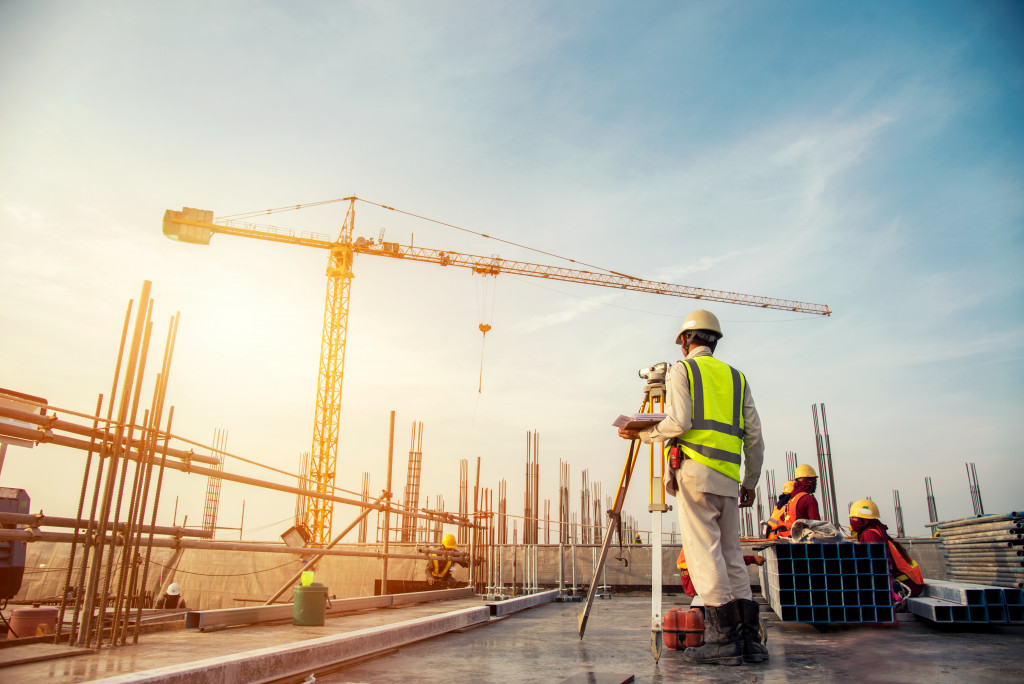- Plan and prioritize objectives and timelines, and collaborate with stakeholders to access necessary permits, land access, and local regulations.
- Seek alternative funding sources such as grants, donations, partnerships, or in-kind donations.
- Foster volunteer engagement to reduce labor costs while increasing community engagement.
- Rent equipment instead of purchasing them to reduce capital investments and maintenance costs.
- Adopt sustainable building practices for cost savings, environmental benefits, and improved facility longevity.
For nonprofit organizations aiming to create positive change within communities, construction projects can be a vital aspect of fulfilling their mission. However, these projects often come with high costs and tight budget constraints, making it essential for nonprofits to manage their resources effectively. Here are various strategies on how you can plan, fund, and oversee cost-effective community construction projects while still achieving the desired impact.
Plan and Prioritize
The success of any construction project starts with a clear plan detailing the objectives, timeline, and budget. For nonprofits working on a budget, this planning stage is crucial in identifying the most crucial aspects of the project and aligning them with available resources. Here are some ways you can do this:
Collaborate With Stakeholders
Engaging various stakeholders, such as local authorities, residents, and other nonprofits, is a cost-effective way to pool resources and knowledge. These collaborations can offer valuable insights into the needs of the community and assist in the identification of necessary permits, land access, and local regulations.
Partnering with educational institutions (such as vocational training centers or engineering departments) can also provide access to skilled labor and technical expertise at lower costs than hiring external consultants.
Seek Alternative Funding Sources
Applying for grants or soliciting donations can bring in additional funds for your construction project. Nonprofits should research and identify appropriate funding channels, targeting foundations or governmental organizations that align with their objectives.
Crowdfunding, hosting fundraising events, and developing partnerships with businesses are other creative ways to secure funding. In-kind donations, such as construction materials or equipment, from local businesses or suppliers, can also help reduce overall costs.
Foster Volunteer Engagement
Mobilizing volunteers to aid in the construction process is an effective way to manage labor costs while fostering community engagement. Encourage current supporters and engage new ones by promoting the project through social media, email campaigns, and local events.
The use of volunteer management software can also help streamline the recruitment and coordination process. However, don’t forget that it’s crucial to provide proper training and support to ensure a safe and efficient construction site for all participants.

Rent Equipment Instead of Purchasing
Construction projects often require the use of expensive and specialized equipment. When possible, renting these items is a more cost-effective solution than purchasing them outright. Check with local suppliers to determine if they offer rental options for the following:
Cranes
Cranes are essential for many construction projects, as they provide a safe and efficient way to lift heavy materials. For nonprofits managing a construction project on a budget, a crane rental is an attractive option as it eliminates the need for costly capital investments. Additionally, opting for this would lead to reduced maintenance costs and flexible scheduling.
Scaffolds
Scaffolding is necessary for any project requiring workers to access difficult-to-reach areas. In addition to being cost-effective, renting scaffolding also provides a safer and more efficient alternative to ladders or makeshift platforms.
Power Tools
Power tools are essential for many construction activities and can help speed up the process. For nonprofits on a budget, renting equipment is much cheaper than investing in expensive machinery that may be used infrequently or not at all. This can include saws, drills, grinders, and sanders.

Consider Sustainable Building Practices
Utilizing cost-efficient, environmentally friendly, and sustainable construction techniques and materials can result in significant savings for nonprofits. Research methods such as modular construction, which involves the offsite assembly of building components, can help reduce labor and material costs.
Moreover, incorporating sustainable design principles such as green roofs or rain gardens can also help reduce water usage and stormwater runoff. In some cases, these sustainable projects may even be eligible for additional financing.
Similarly, incorporating energy-efficient designs or renewable energy sources can lower ongoing maintenance and utility costs. These approaches not only save money for the organization but also benefit the environment and improve the longevity of the constructed facilities.
Managing community construction projects on a tight budget can be a challenging task for nonprofits, but it is far from impossible. A comprehensive plan, close collaboration with stakeholders, alternative funding sources, sustainable building practices, and volunteer engagement can help organizations achieve their goals without breaking the bank. By leveraging these strategies, nonprofits can create spaces and facilities that improve the quality of life for communities and ensure lasting positive change.

